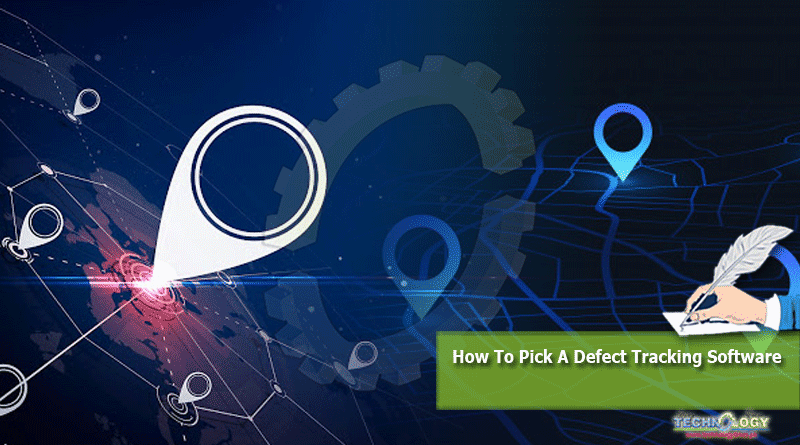All Applications & Products Have Bugs & Issues. But Working On How To Choose Issue Tracking Software Is Difficult Than Resolving Bugs.

Bugs and issues are always present in applications, and they can hold up the development process. Too often, testers waste a lot of time in sorting these issues. Whether working on a website, application, or design, it is important to have the right defect tracking software to make the process simpler. However, working on how to choose the issue tracking software is more complicated than just resolving the bugs.
Let’s have a look at a few points that should consider when deciding which issue tracking software your team should use:
Adaptability
Software projects these days involve using different technologies, frameworks, and tools. All of these are subject to change according to the ever-evolving needs and priorities of the project and their scalability. The issue tracking tool should be independent of the technology being used. The most conventional-issue tracking systems require a back end set up on a specific database such as MySQL. Although these conventional systems can be good log-based systems in certain projects, they may not be suitable for projects where they are more visual-based rather than text-based. But if testers are working on web development, most modern tools and frameworks heavily focus on the visual aspects and user interface of applications. These kinds of projects would benefit from using visual issue tracking platforms.
User-friendly
It is extremely important to consider who the end-user of an application should be. Some organizations use issue tracking only for internal teams. But there is a growing trend to collect customer feedback that helps in registering bugs on the system. There are still options to set up a support system and then integrate them with the defect tracking software, as some companies want their issue tracker systems to be directly accessed by the users. For instance, in the case of websites, this can be ensured by embedding custom JavaScript code into the native code. Another option is to allow users bugs and issues in the form of a publicly shareable link that can give context to the product team with an image instead of using text. In any case, having an issue tracker that suits the end-user can help teams cut down the process of collecting user feedback via separate channels. This saves time and streamlines the issue tracking process.
Costs
All teams do not have access to the same kind of resource so instead of choosing an issue tracker that runs parallel to all other development tools. So teams are looking for subscription-based trackers. So the main advantage of using a software-as-a-service (SaaS) issue and bug tracking system that is:
- There is little to no technical overhead on your side.
- All the data in the cloud makes the remote web development collaboration easier.
- It is quick and easy as you can easily add users when required.
Conclusion
We know the impact of bugs and issues on software applications. So in order to prevent an application from earning bad reviews and unforeseen glitches, it is crucial to use the right defect tracking software. The above-mentioned ways can help teams in selecting a tool that fits best with their projects. Kualitee is a tool that works as a defect tracking tool and helps teams in effective defect management. Its dashboard feature provides the entire team an outlook of the bug status, whether they are resolved or still pending.
